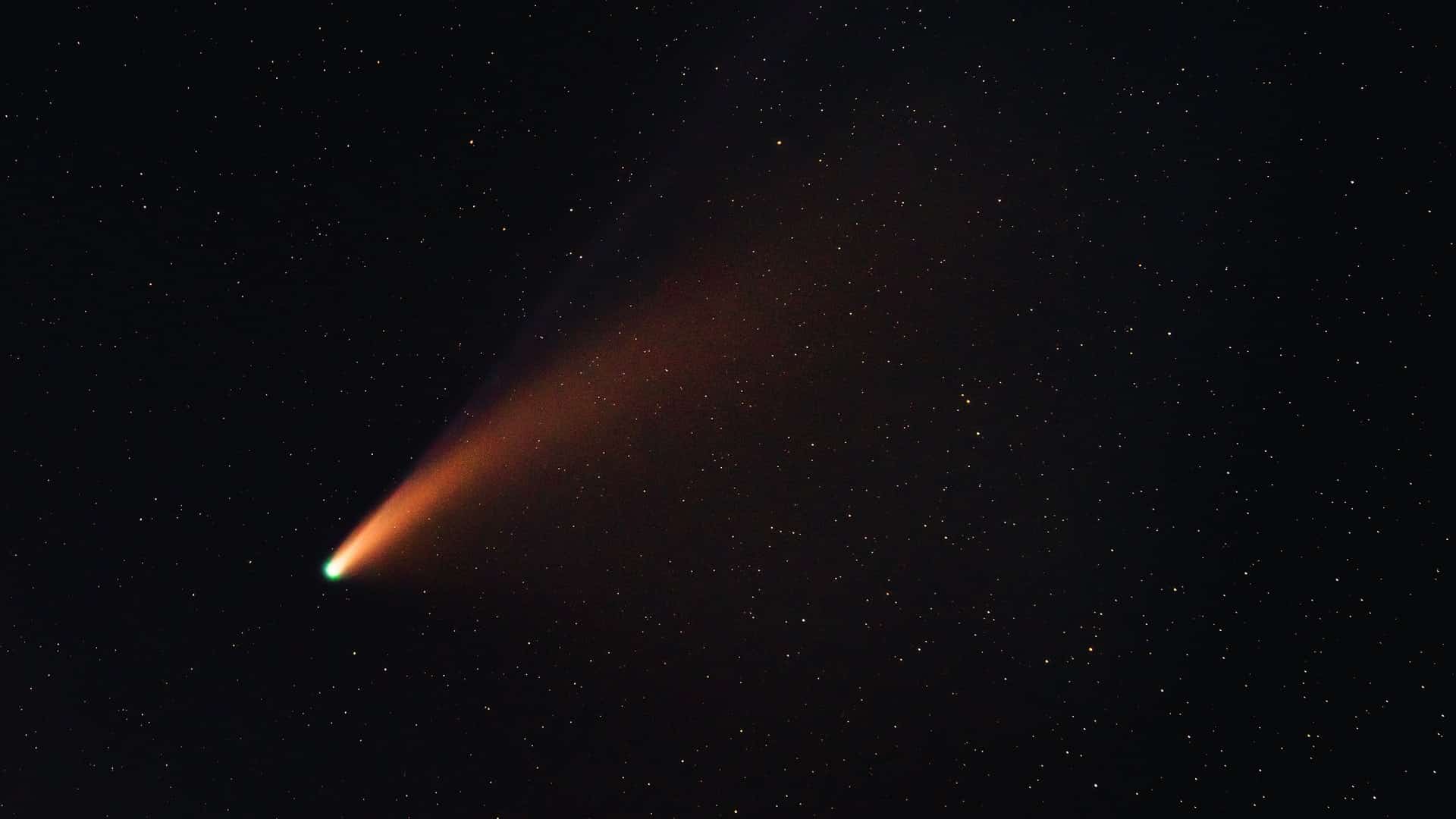Space Plunge
NASA plans to deliberately crash spacecraft into asteroid
NASA intends to crash land a spacecraft into an asteroid in an effort to change the asteroid’s course and save planet Earth. The US space agency, as part of its first planetary defense test mission called the Double Asteroid Redirection Test (DART), is set to launch a spacecraft later this month.
DART, which launches on November 24, will target a double asteroid Didymos and its moon Dimorphos. It will direct itself at the asteroid while travelling at a speed of about 24,000 kilometers per hour. DART will reach Dimorphos and Didymos late in 2022. Both asteroids are expected to come within roughly 6.8 million miles of Earth in September 2022. DART will be launched from California’s Vandenberg Air Force base.
Lindley Johnson, Planetary Defense Officer, told reporters that this is a test. “We don’t want to be in a situation where an asteroid is headed toward Earth and then have to be testing this kind of capability,” Johnson said. “We want to know about both how the spacecraft works and what the reaction will be by the asteroid to the impact before we ever get in a situation like that.”
Elena Adams, DART mission systems engineer, said their team is excited, extremely sharp and they genuinely want to show that if an asteroid was coming toward Earth, they could prevent a catastrophe. Nancy Chabot, a planetary scientist and the DART coordination lead at Johns Hopkins Applied Physics Laboratory in Maryland, during a prelaunch news conference said if there was an asteroid that was a threat to the Earth, one would want to do this technique many years in advance – decades in advance. “You would just give this asteroid a small nudge, which would add up to a big change in its future position, and then the asteroid and the Earth wouldn’t be on the collision course.”
NASA says planetary defense comes in two phases. The first requires searching the skies for as many space rocks as possible, then tracking asteroids closely enough that scientists can model trajectories and compare them to Earth’s orbit long into the future. The space agency highlights that scientists, so far, have identified more than 27,000 near-Earth asteroids, of which nearly 10,000 are larger than 460 feet across, the size at which experts worry that space rocks could cause regional damage.
Also Read: UK celebrates life of Mahatma Gandhi with commemorative collectors coin
Presently, there are no sizable asteroids on track to hit Earth. But if identified, the second phase of planetary defense kicks in, that is, attempting to do something that prevents humans from going the way of the dinosaurs.












































Pingback: The report analyzed a dataset of more than 195 Facebook pages.
Pingback: Asteroid 2024 YR4: Asteroid Hitting Earth? No Need for Alarm
Pingback: NASA Study Predicts Earth's Oxygen Loss Will End Complex Life